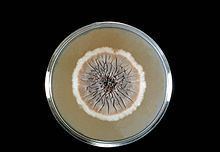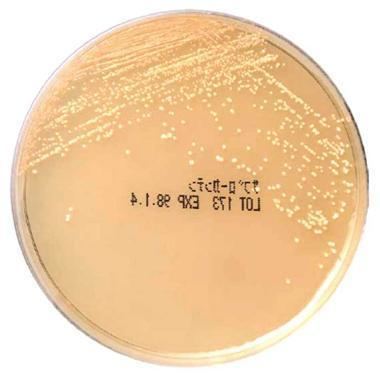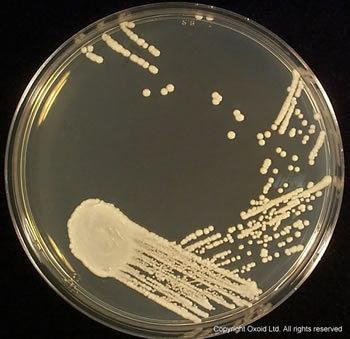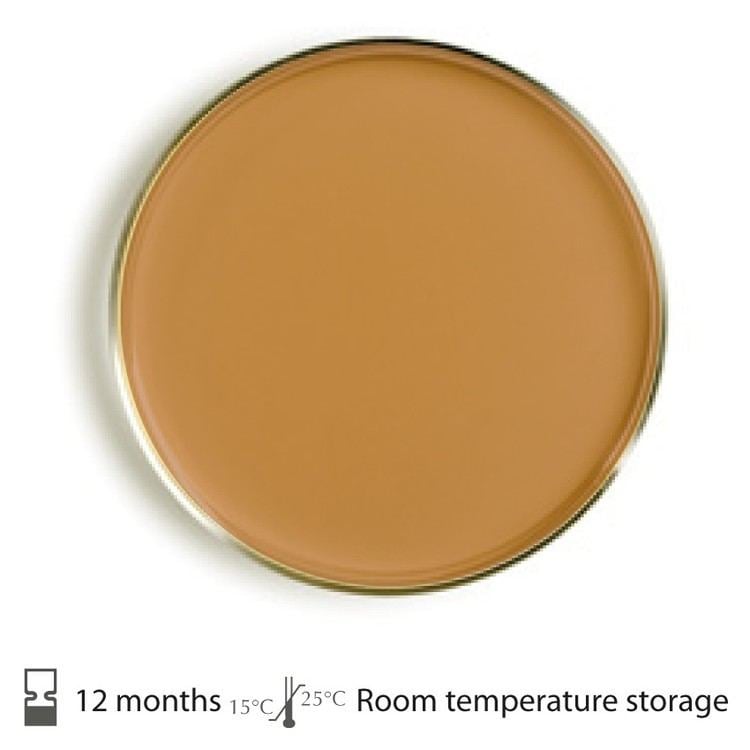 | ||
Sabouraud agar
Sabouraud agar is a type of agar growth media containing peptones. It is used to cultivate dermatophytes and other types of fungi, and can also grow filamentous bacteria such as Nocardia. It has utility for research and clinical care.
Contents
- Sabouraud agar
- Candida albicans growth on sabouraud agar
- Typical composition
- Medical usefulness
- References
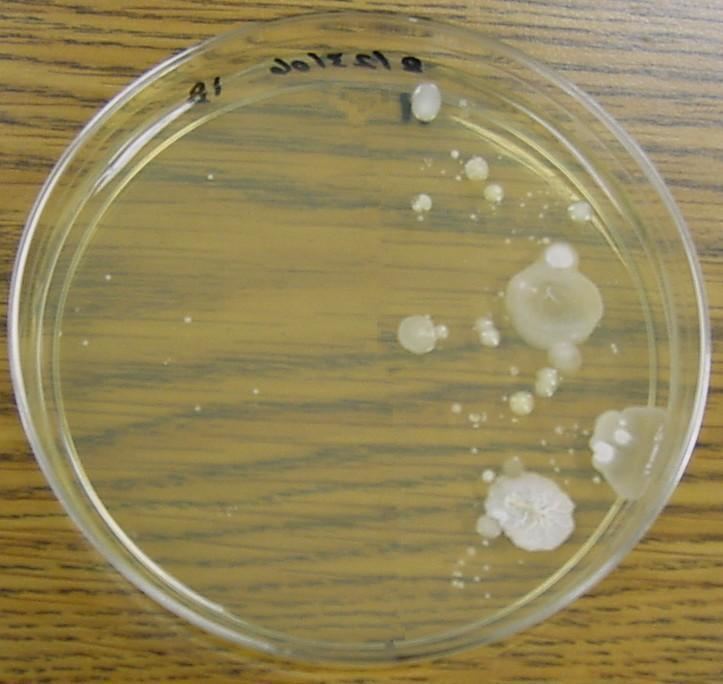
It was created by, and is named after, Raymond Sabouraud in 1892. The formulation was later adjusted by Chester W. Emmons when the pH level was brought closer to the neutral range and the dextrose concentration lowered to support the growth of other microorganisms. The acidic pH (5.6) of traditional Sabouraud agar inhibits bacterial growth.

Candida albicans growth on sabouraud agar
Typical composition
Sabouraud agar is commercially available and typically contains:
Medical usefulness
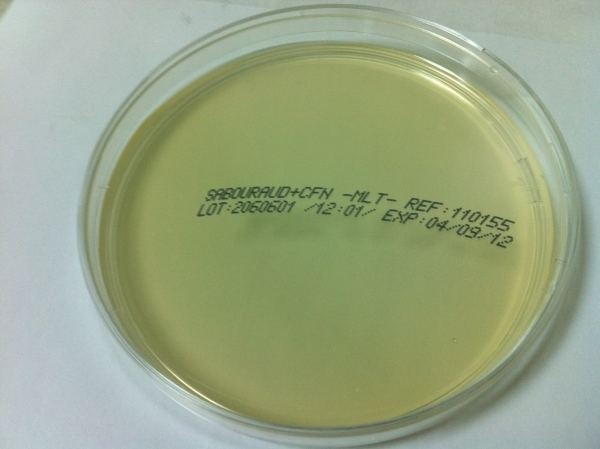
Clinical laboratories can use this growth media to diagnose and further speciate fungal infections, allowing medical providers to provide appropriate treatment with antifungal medications. Histoplasma and other fungal causes of atypical pneumonia can be grown on this media.
